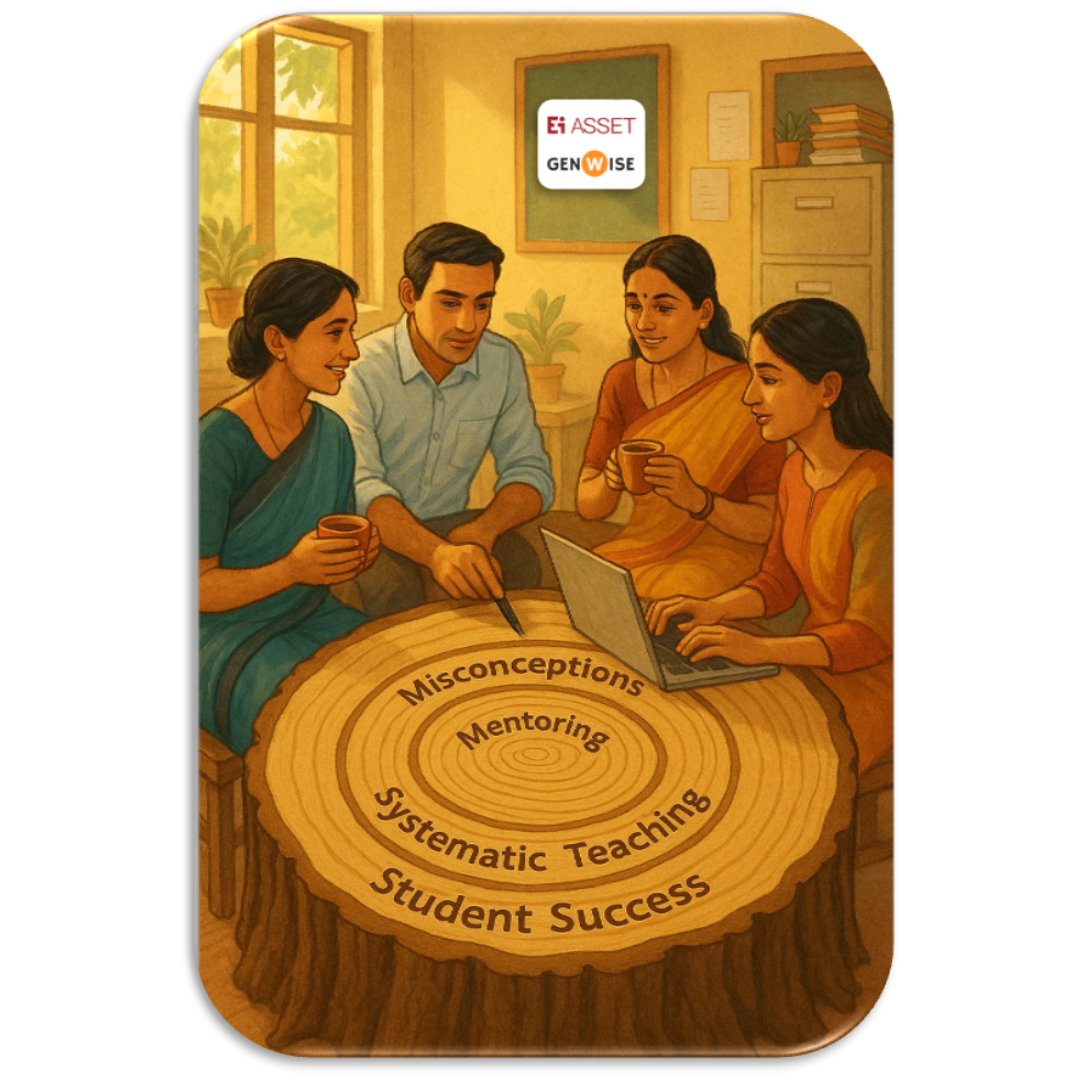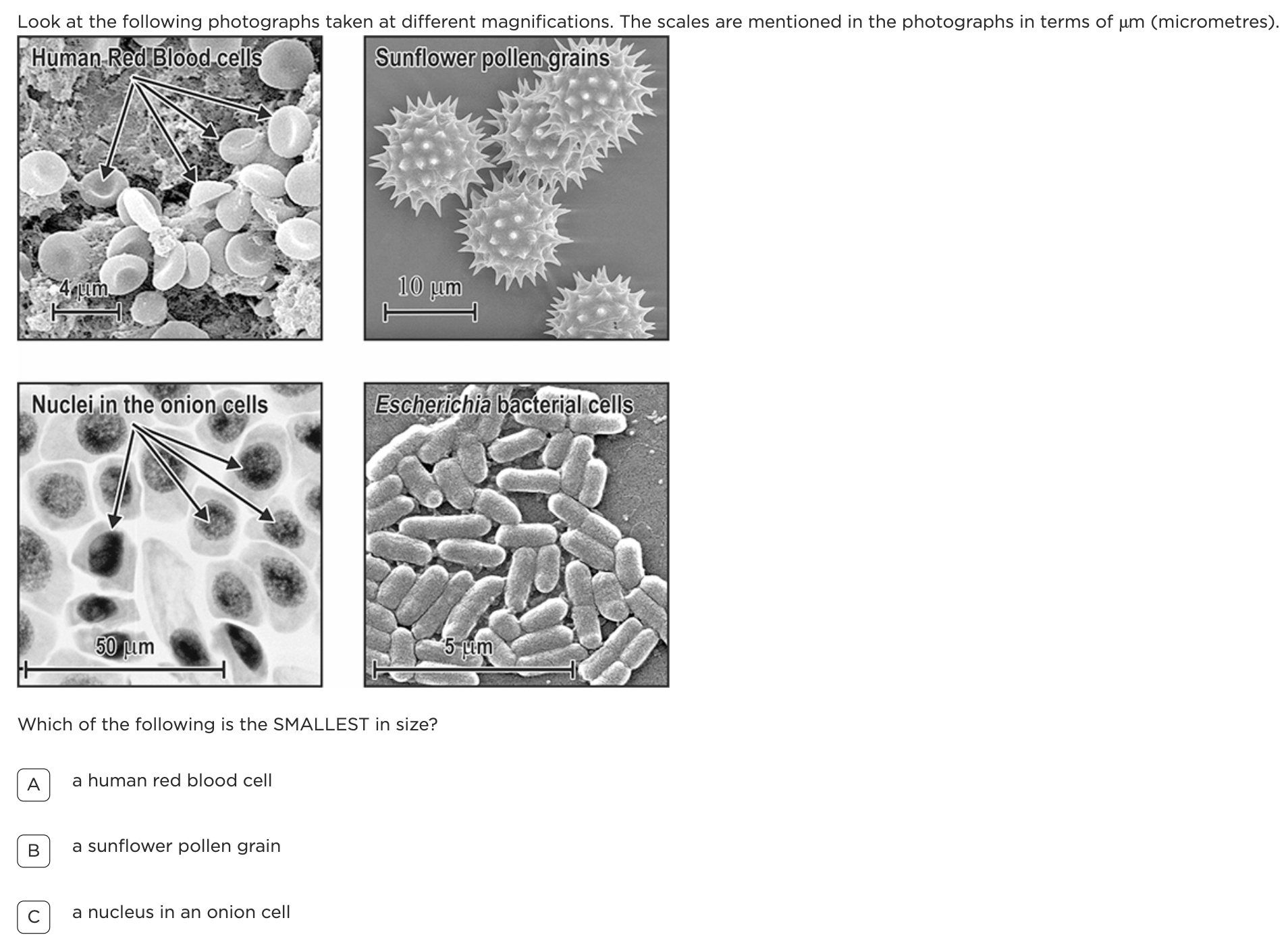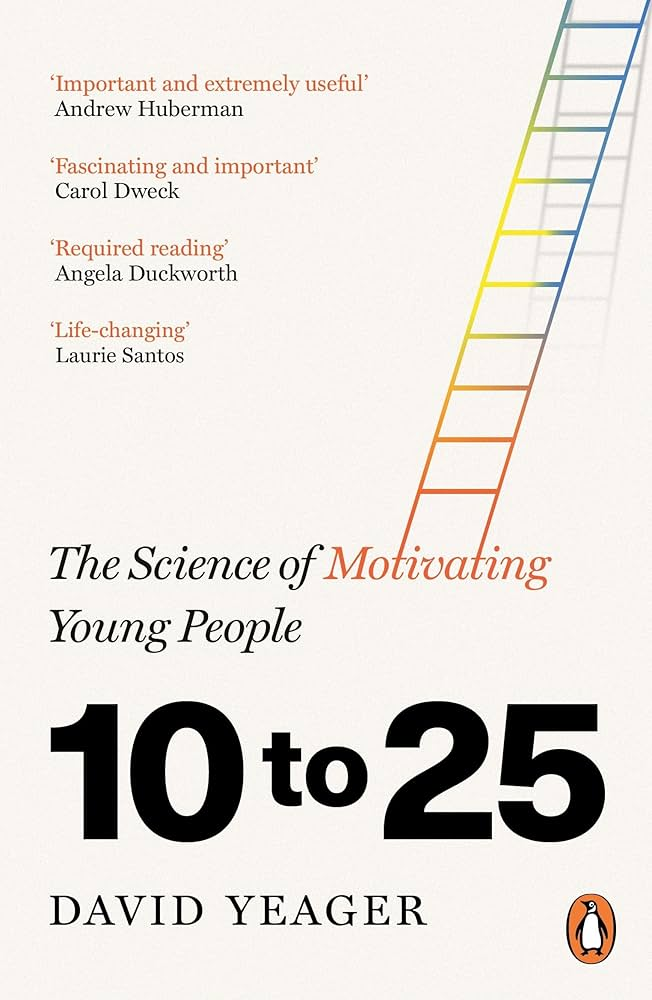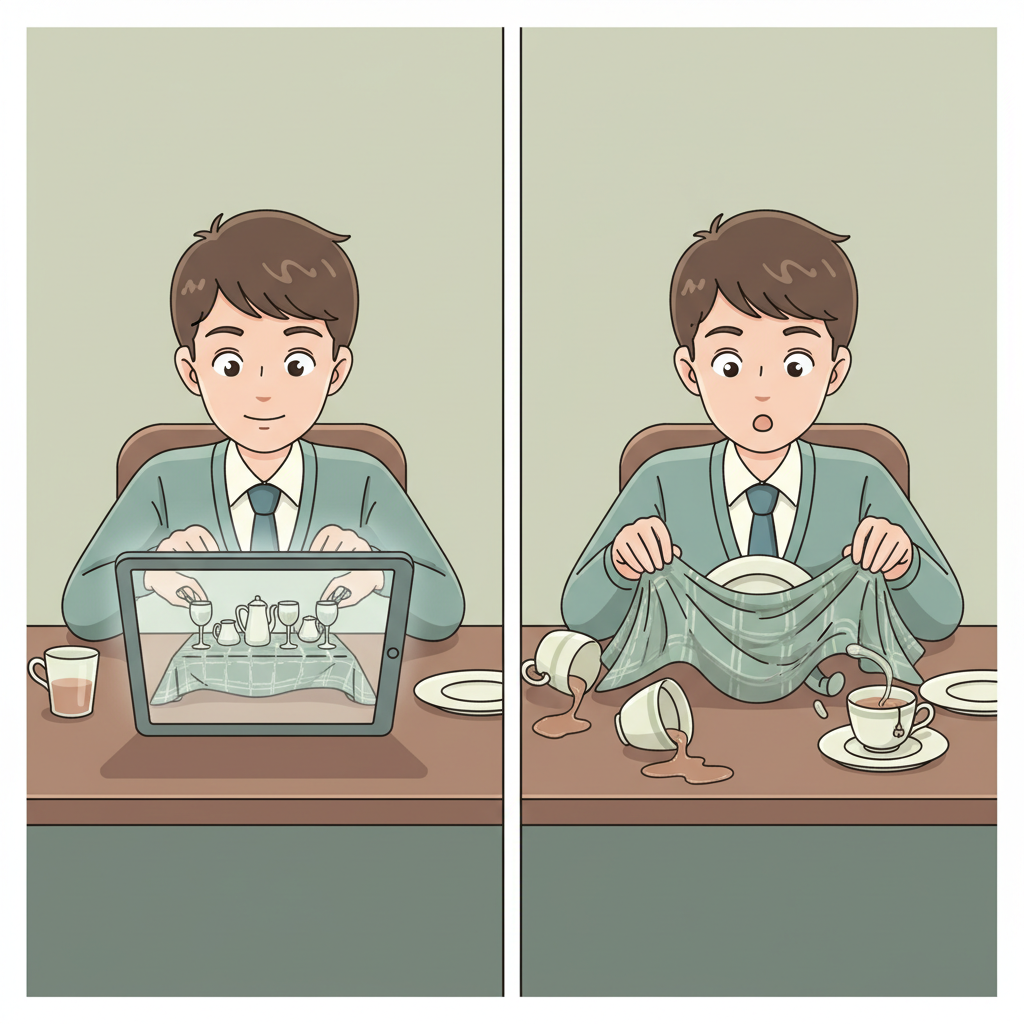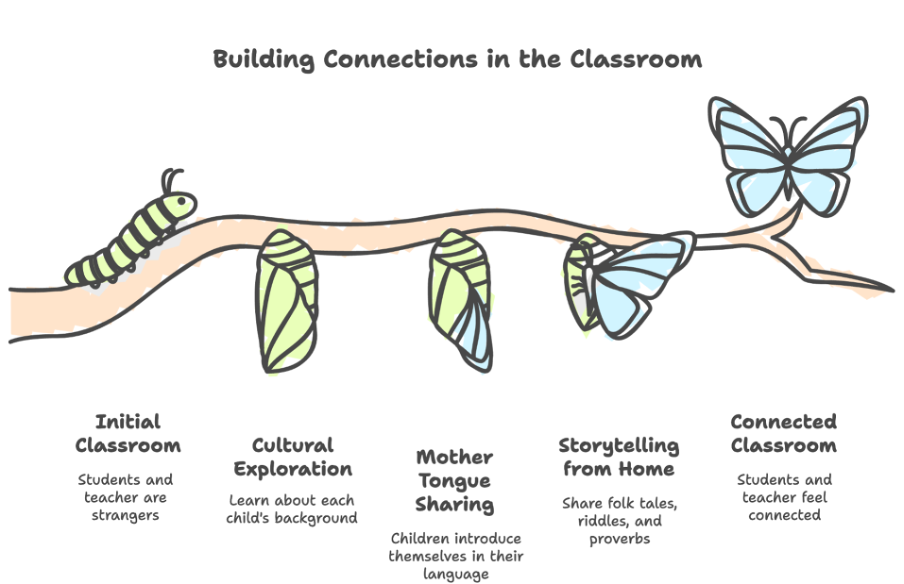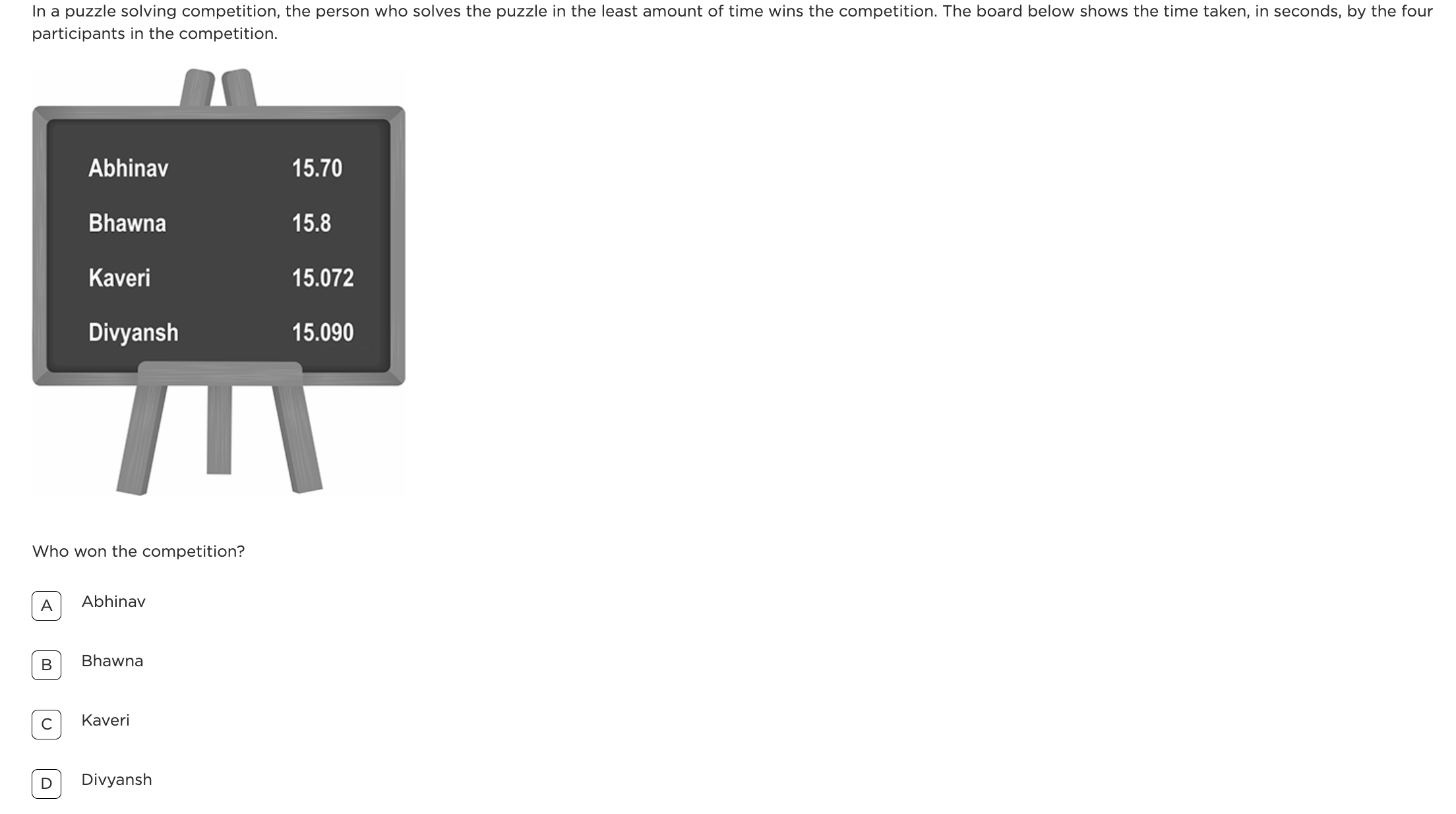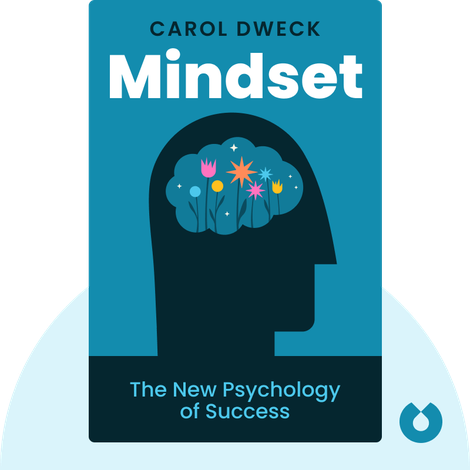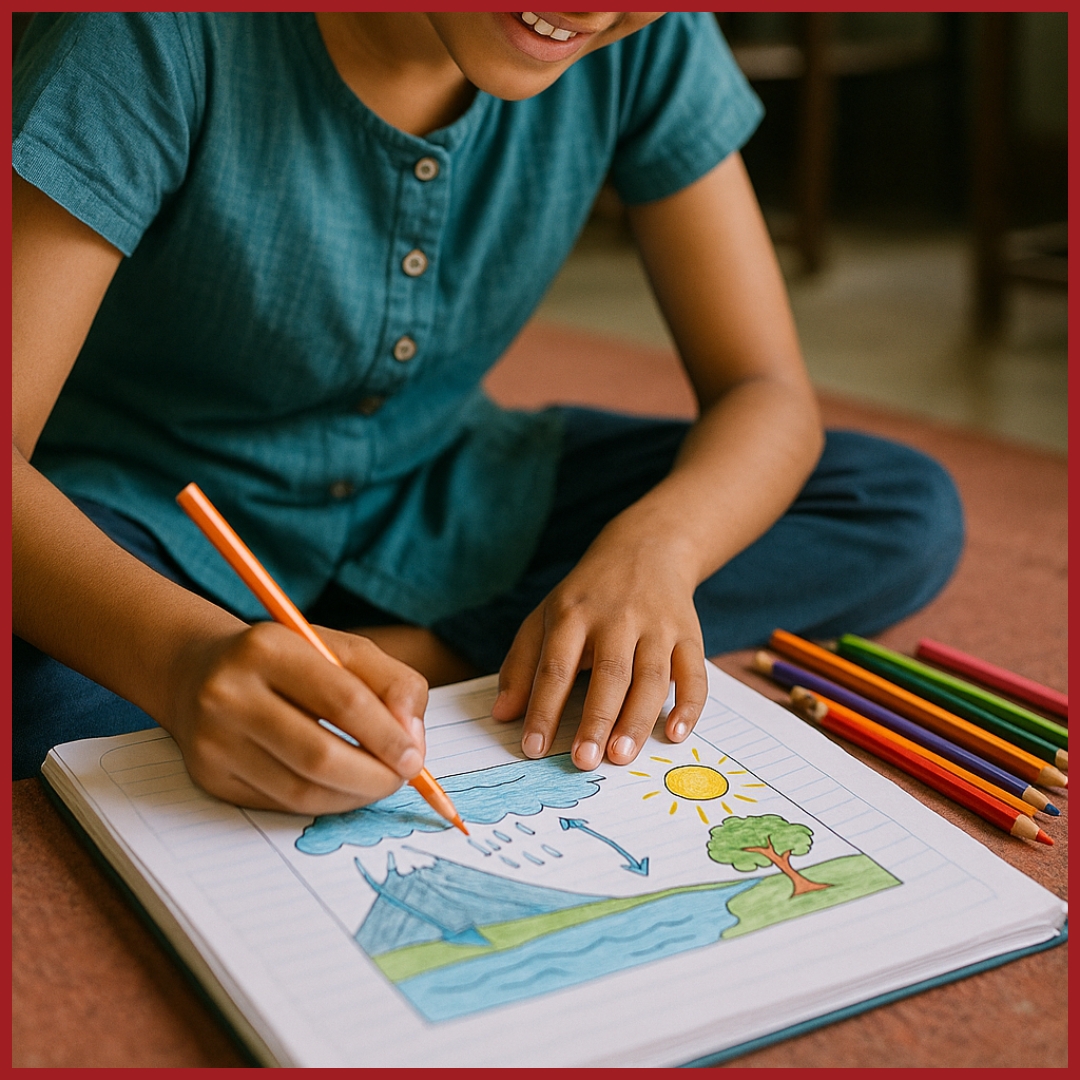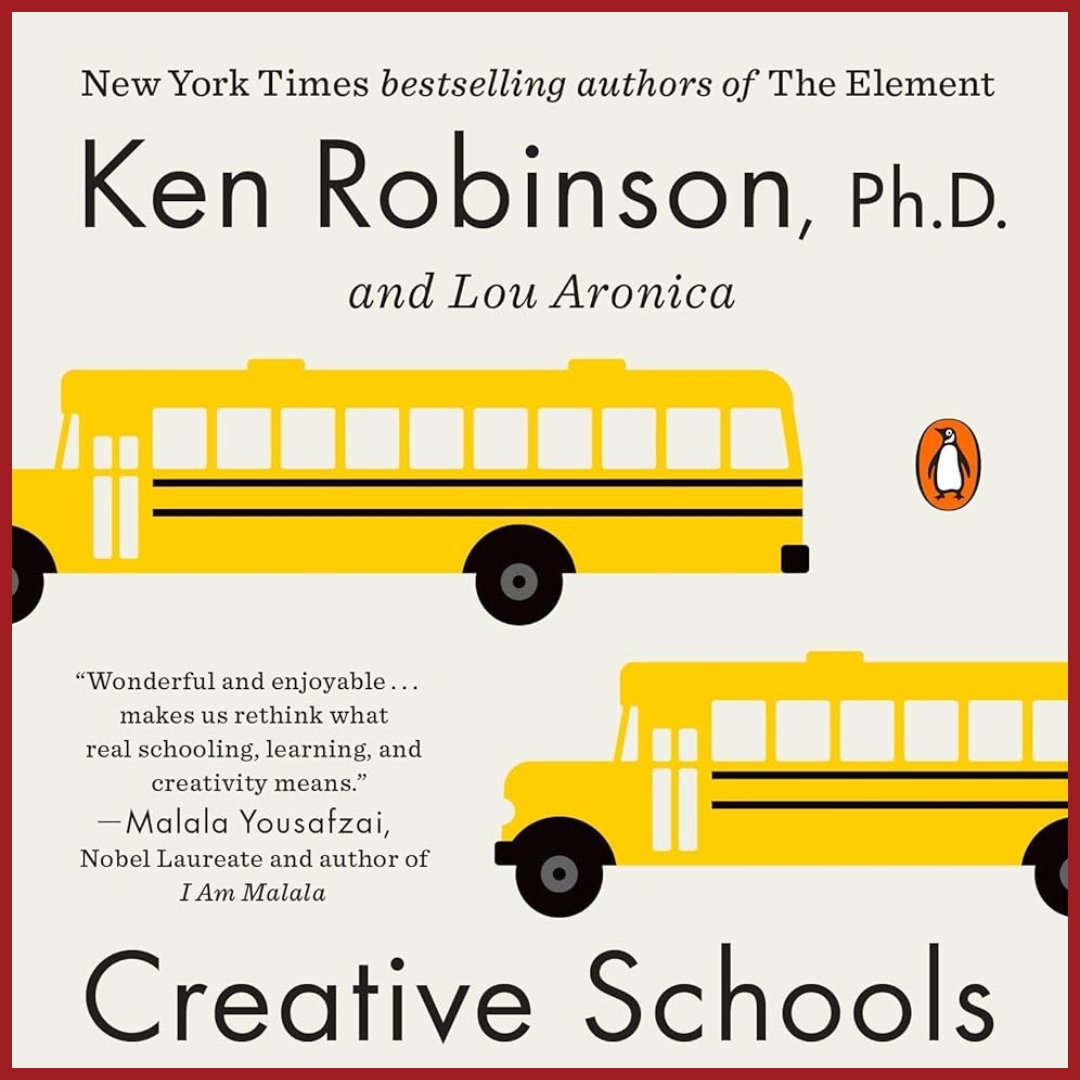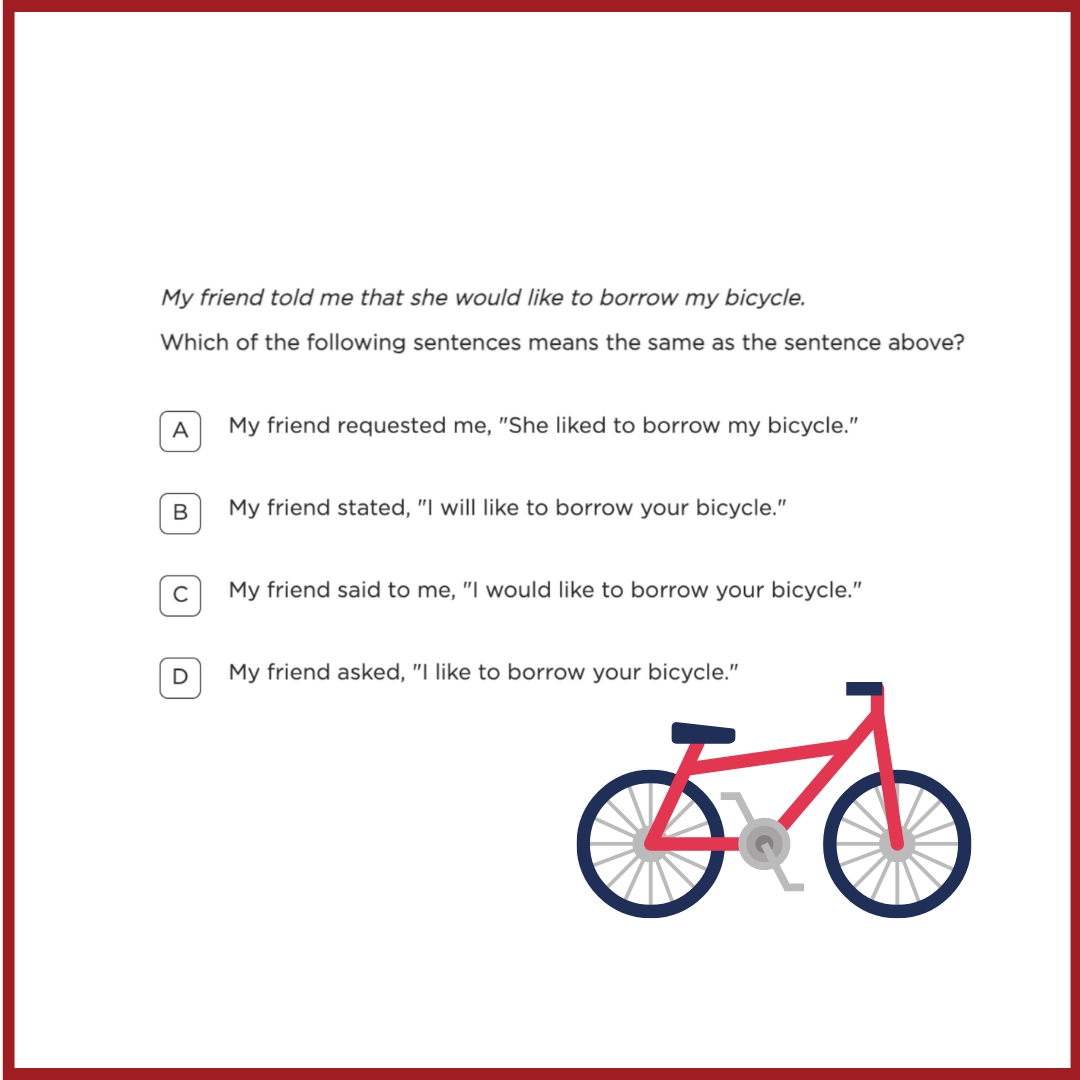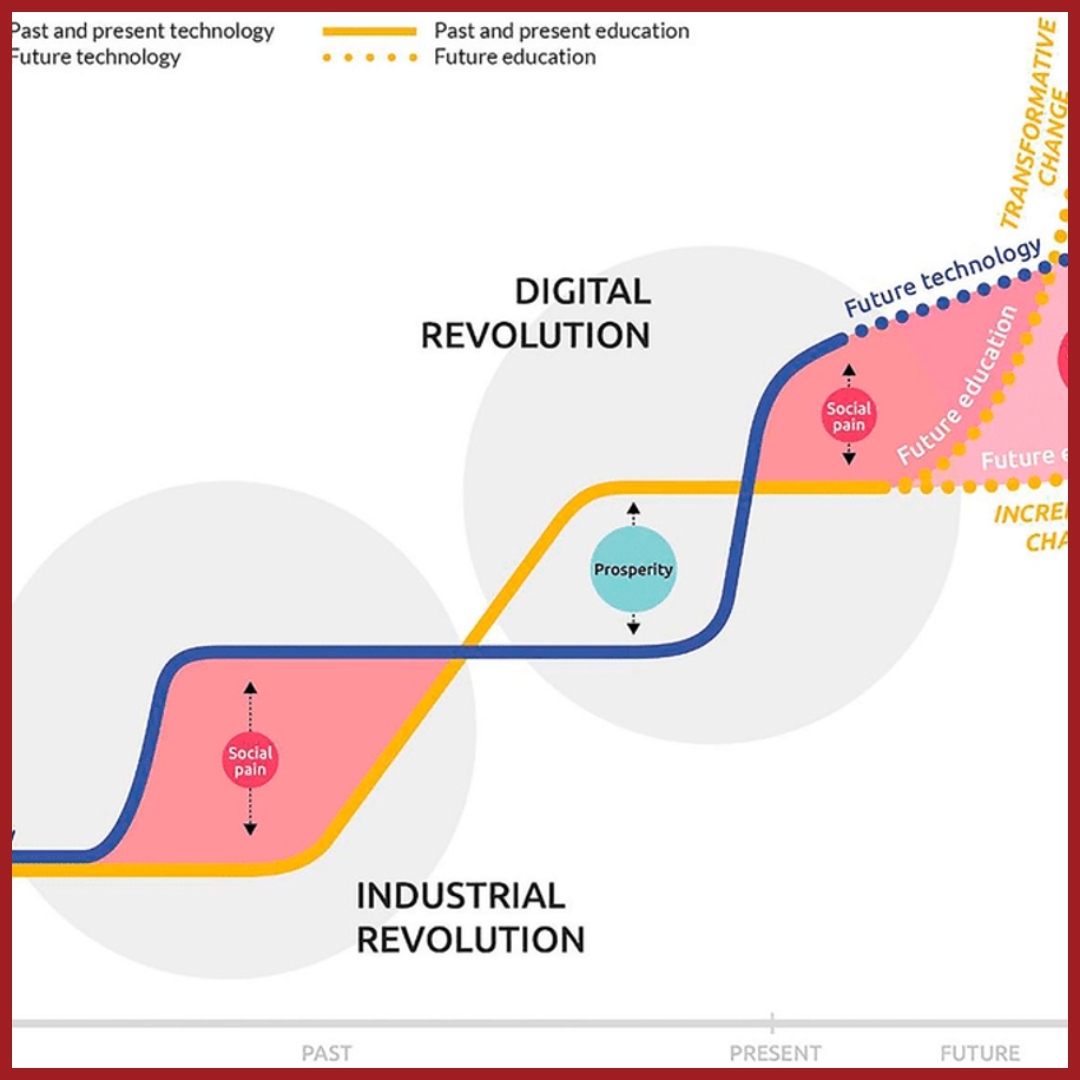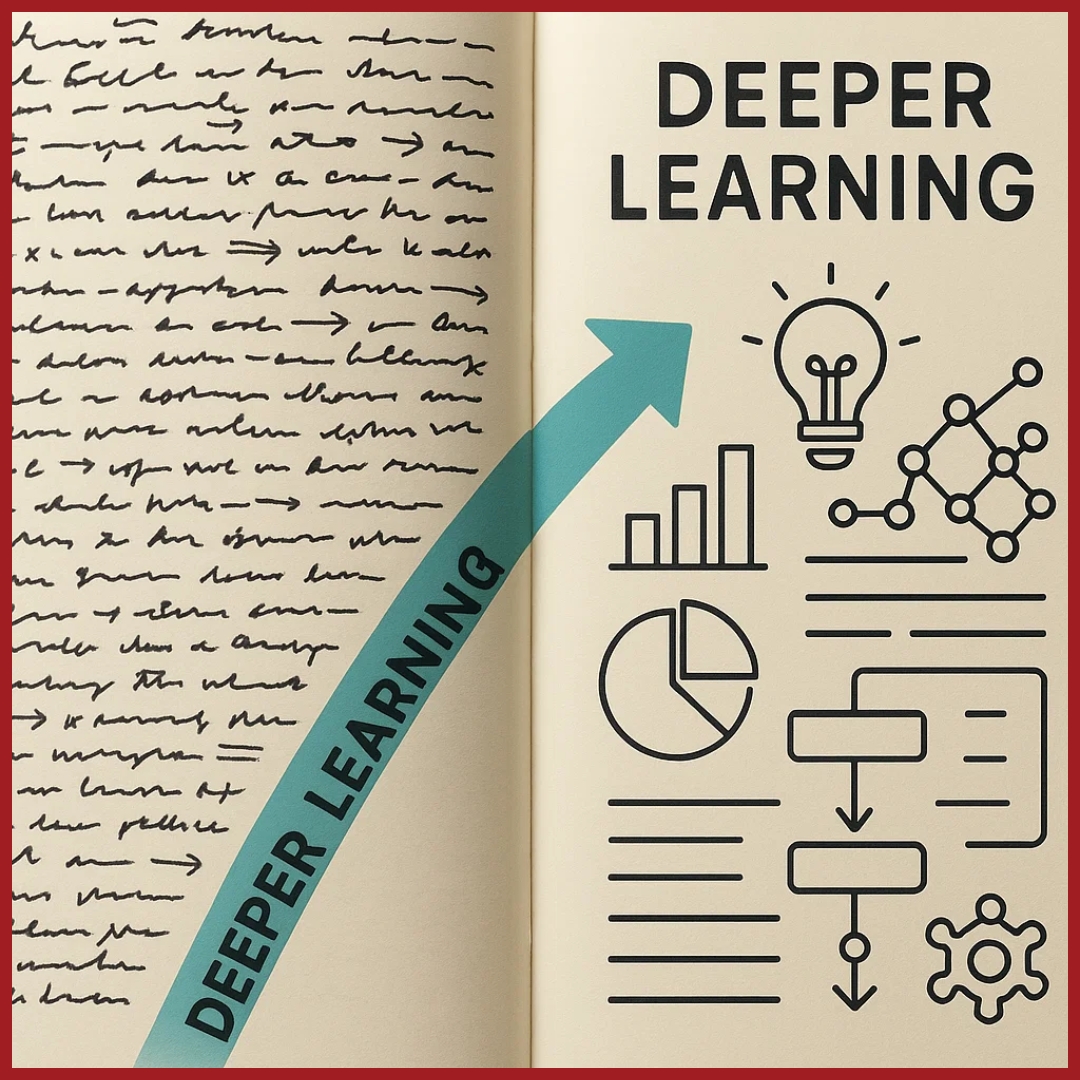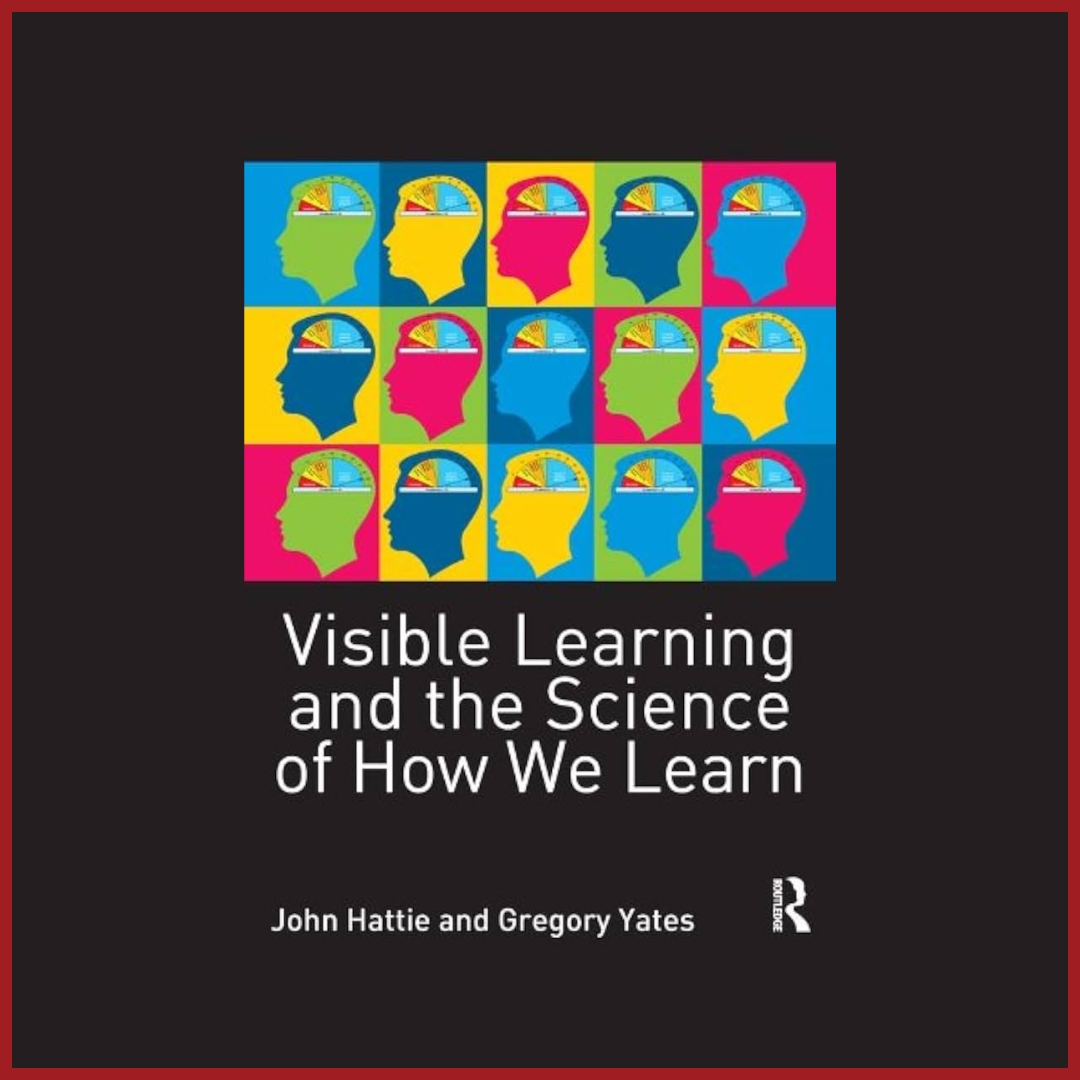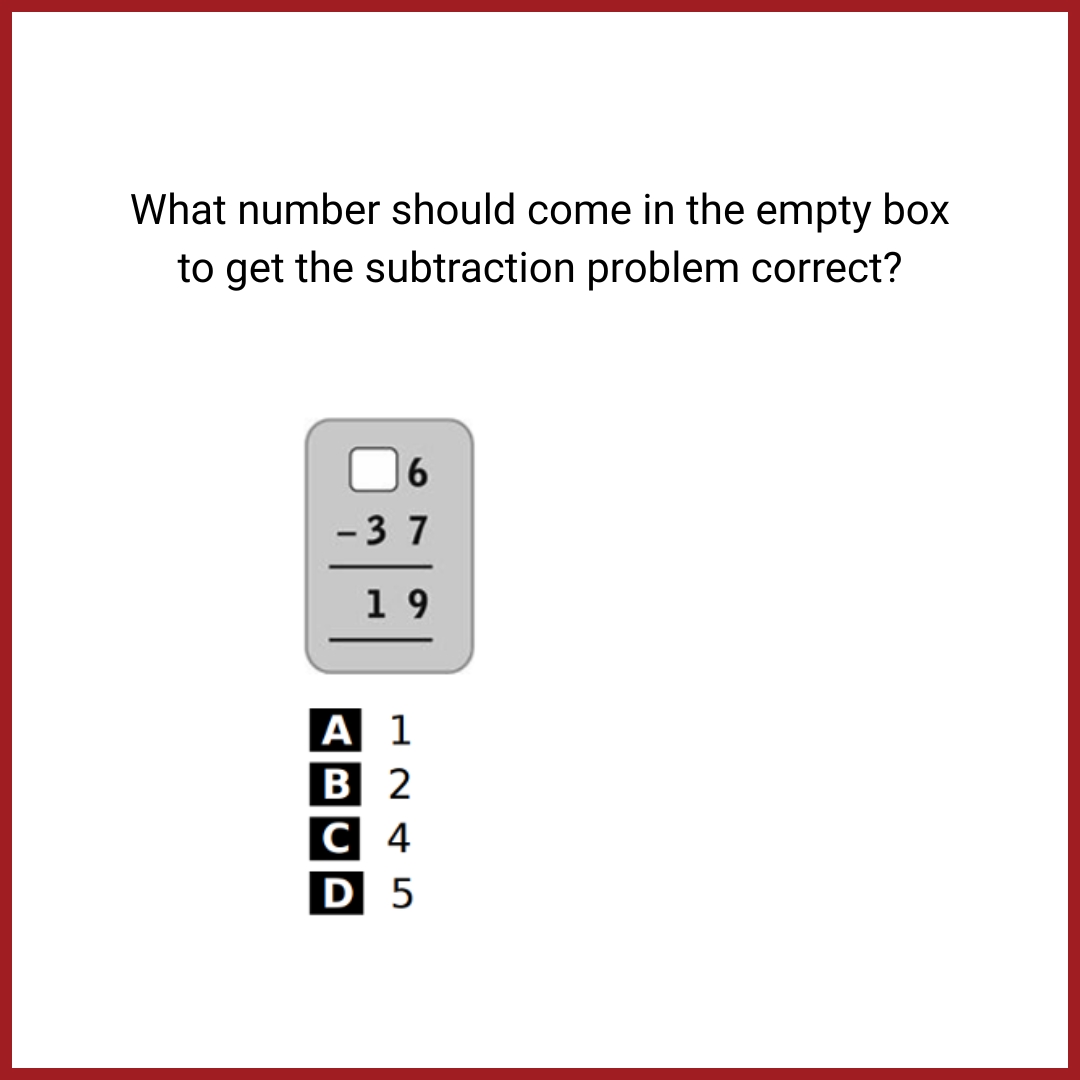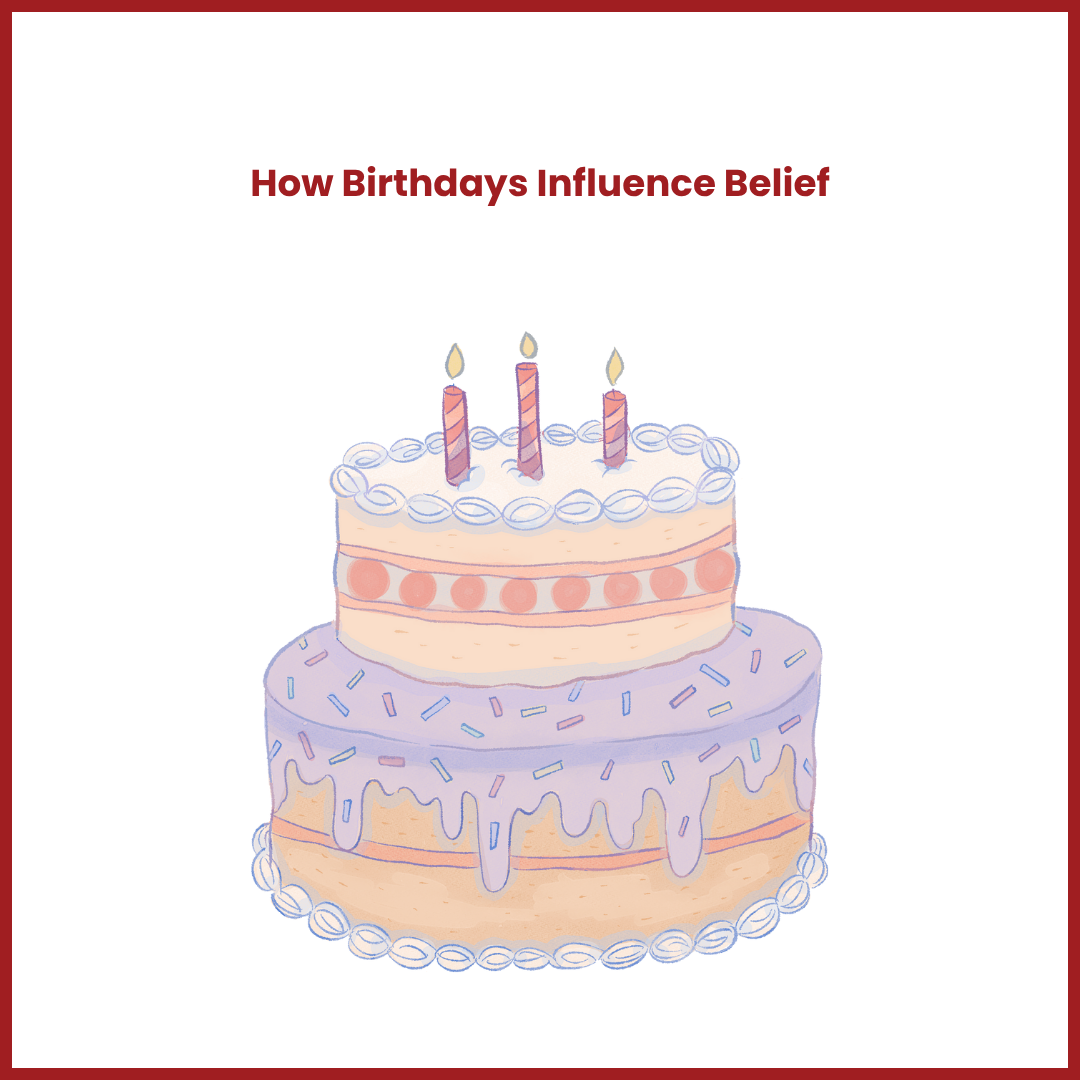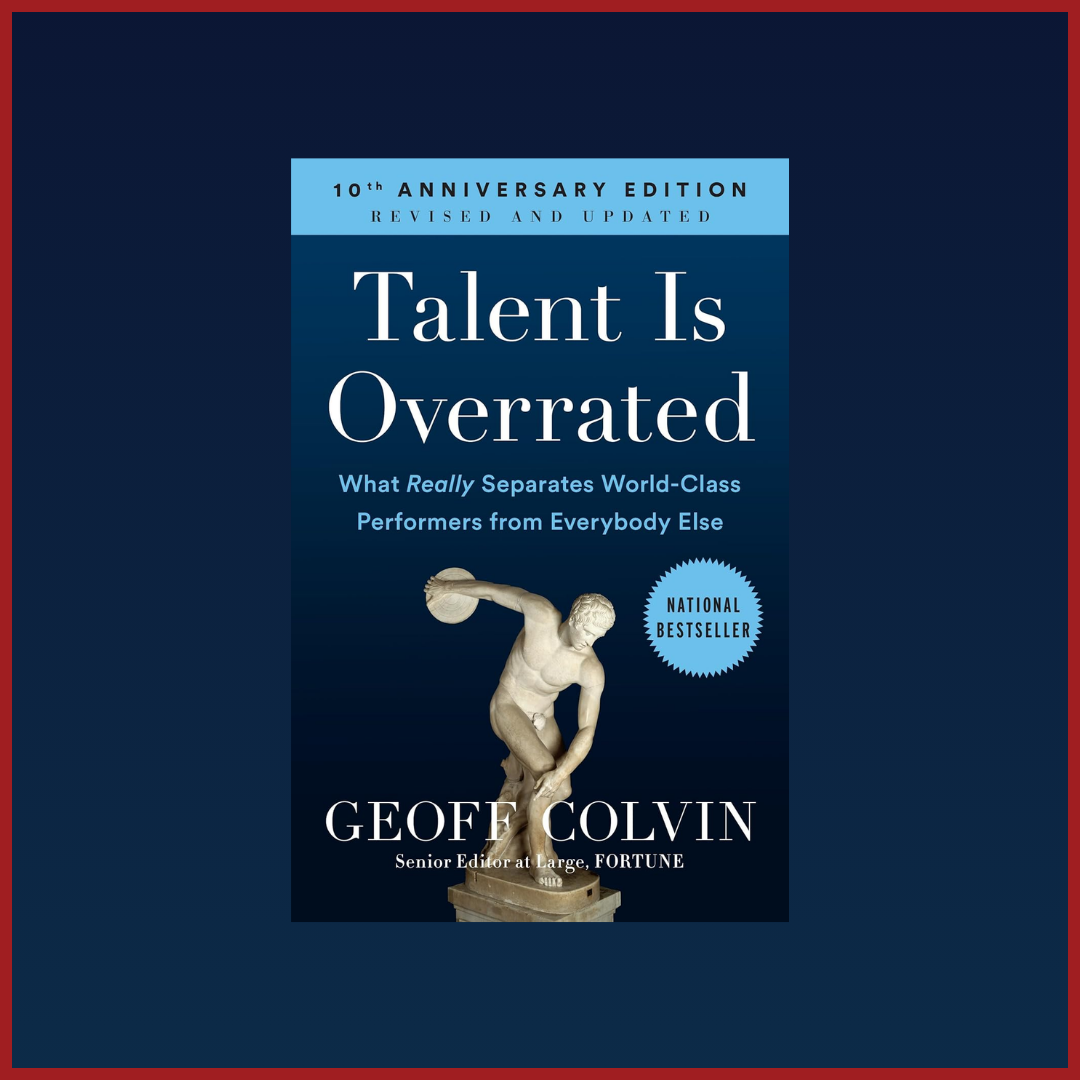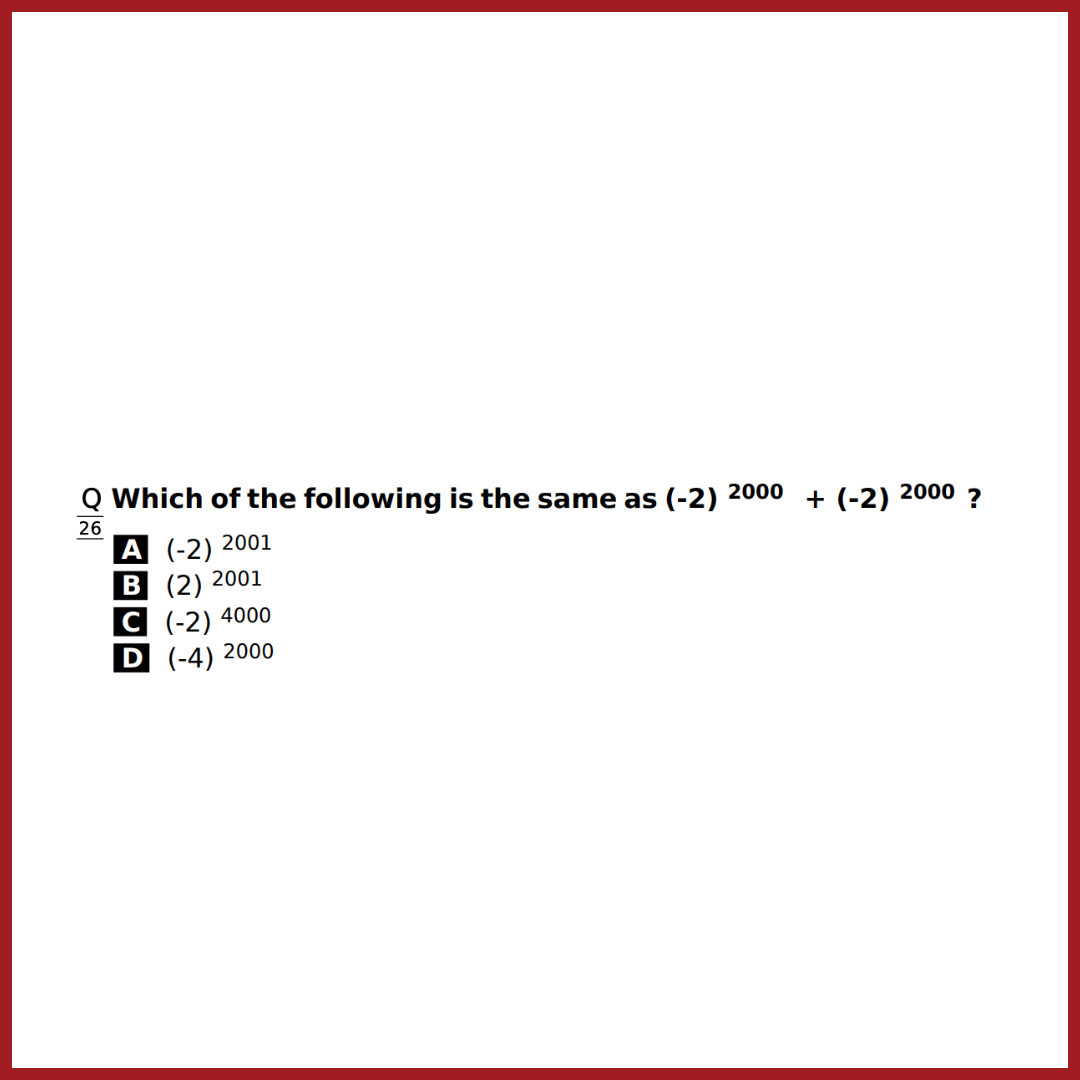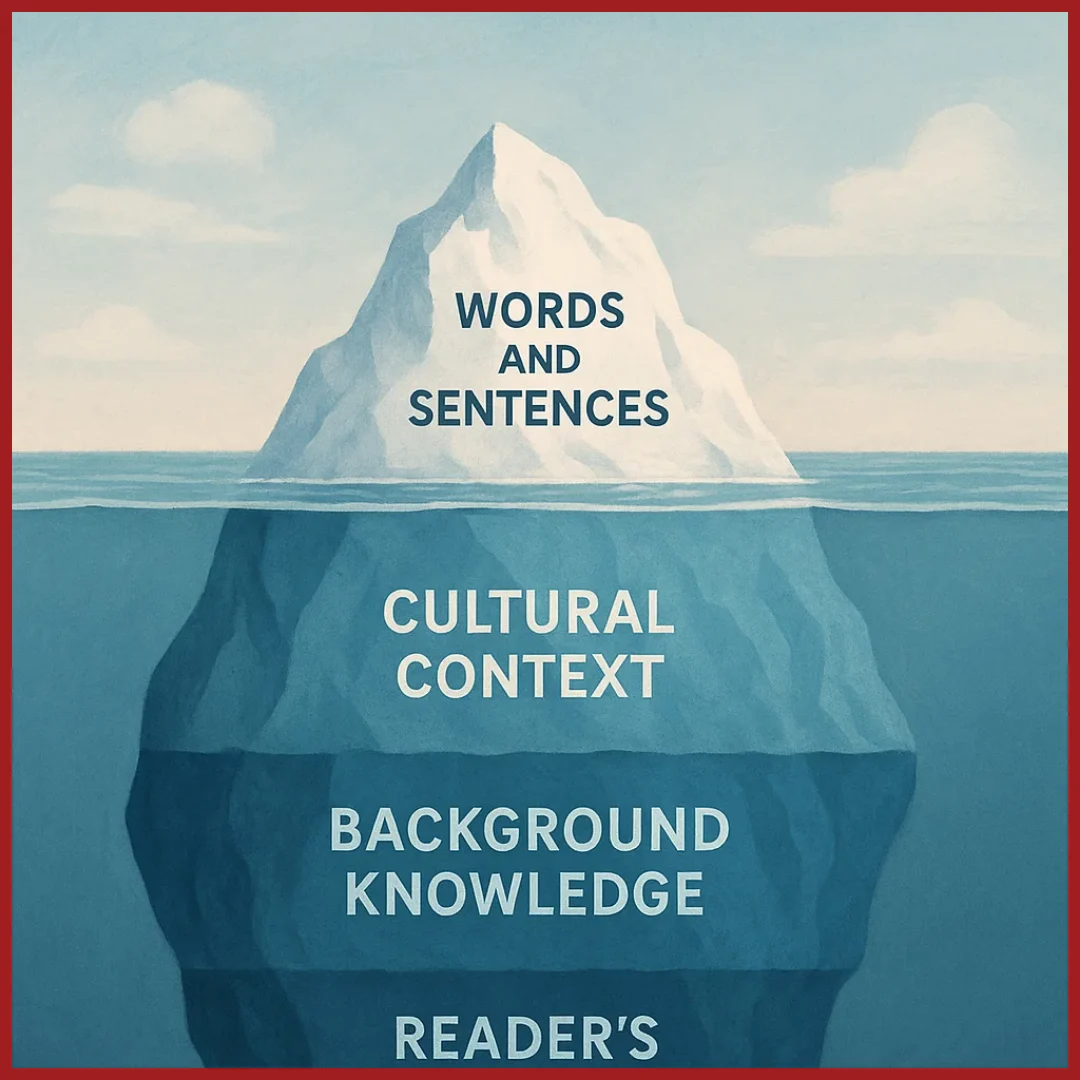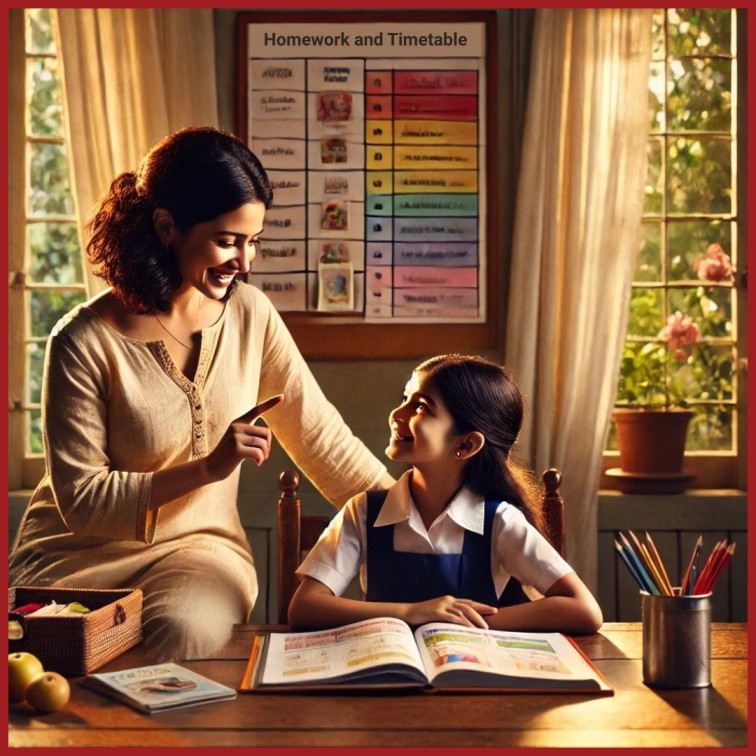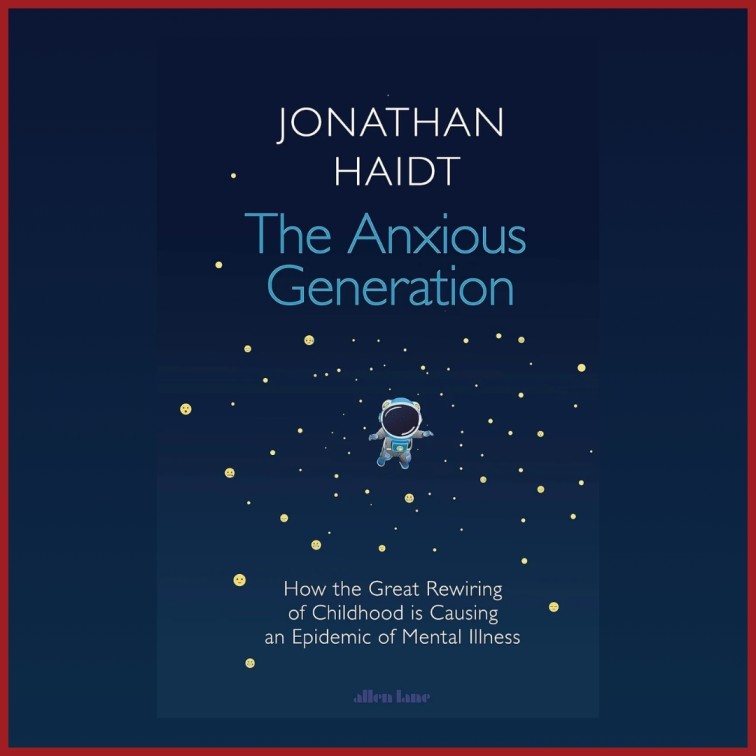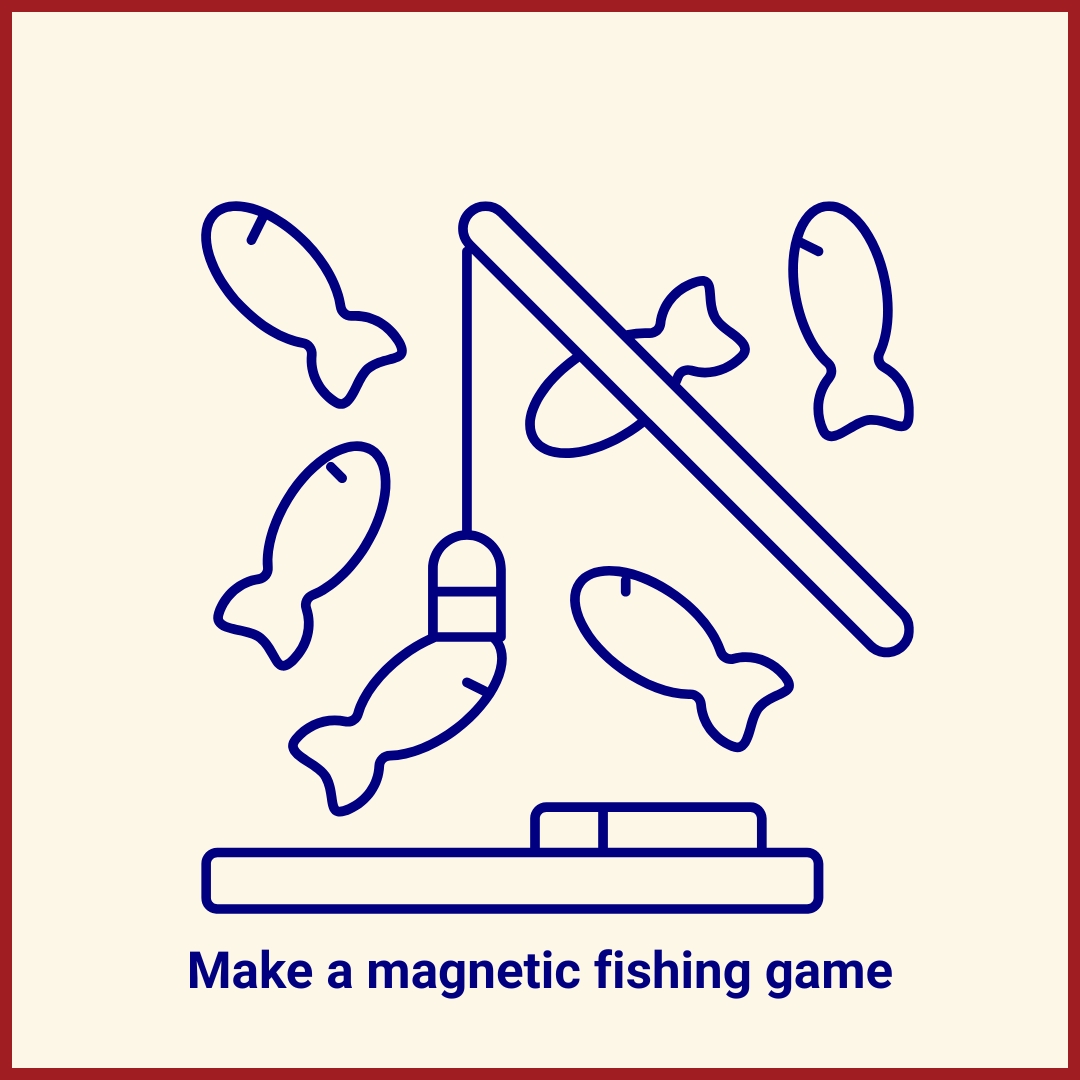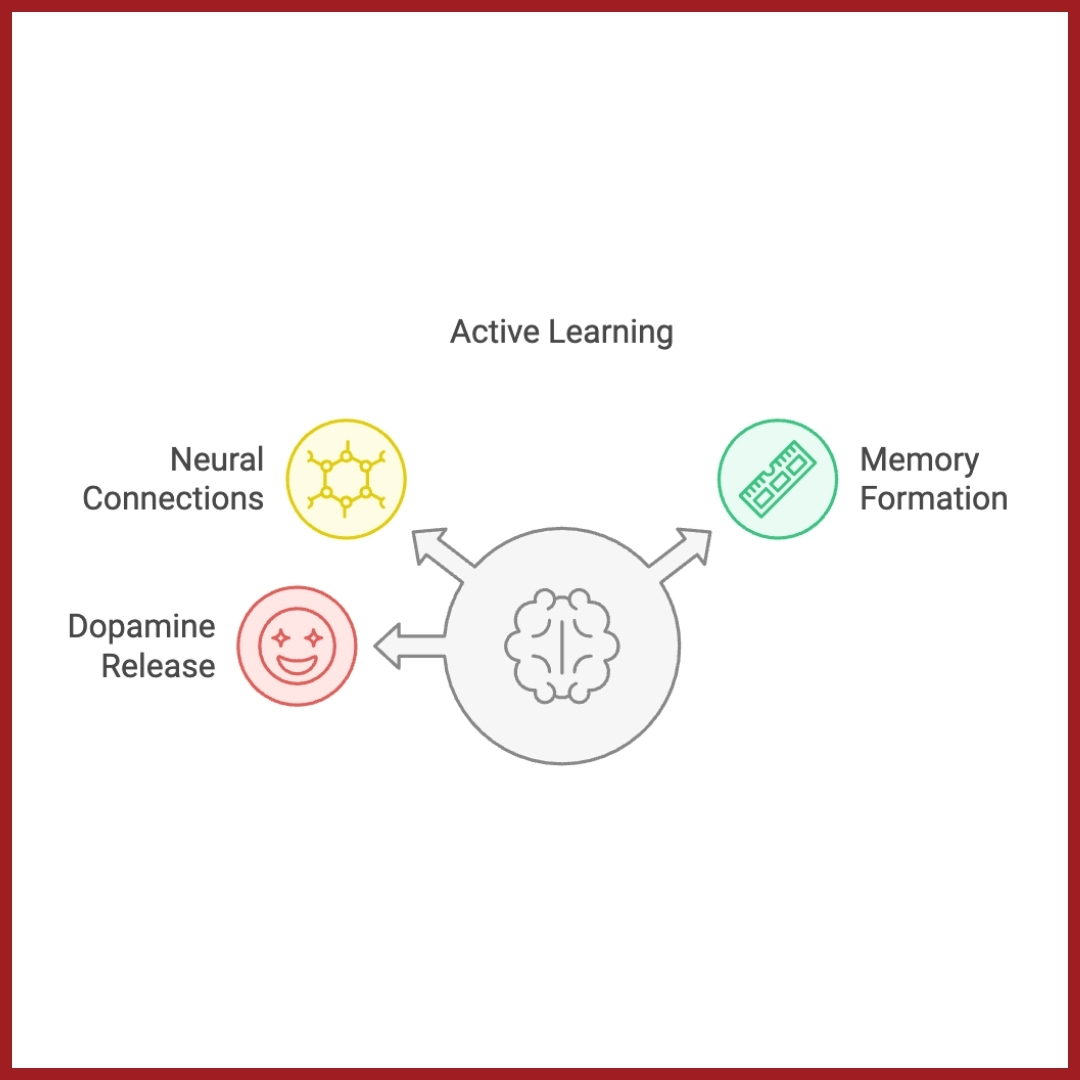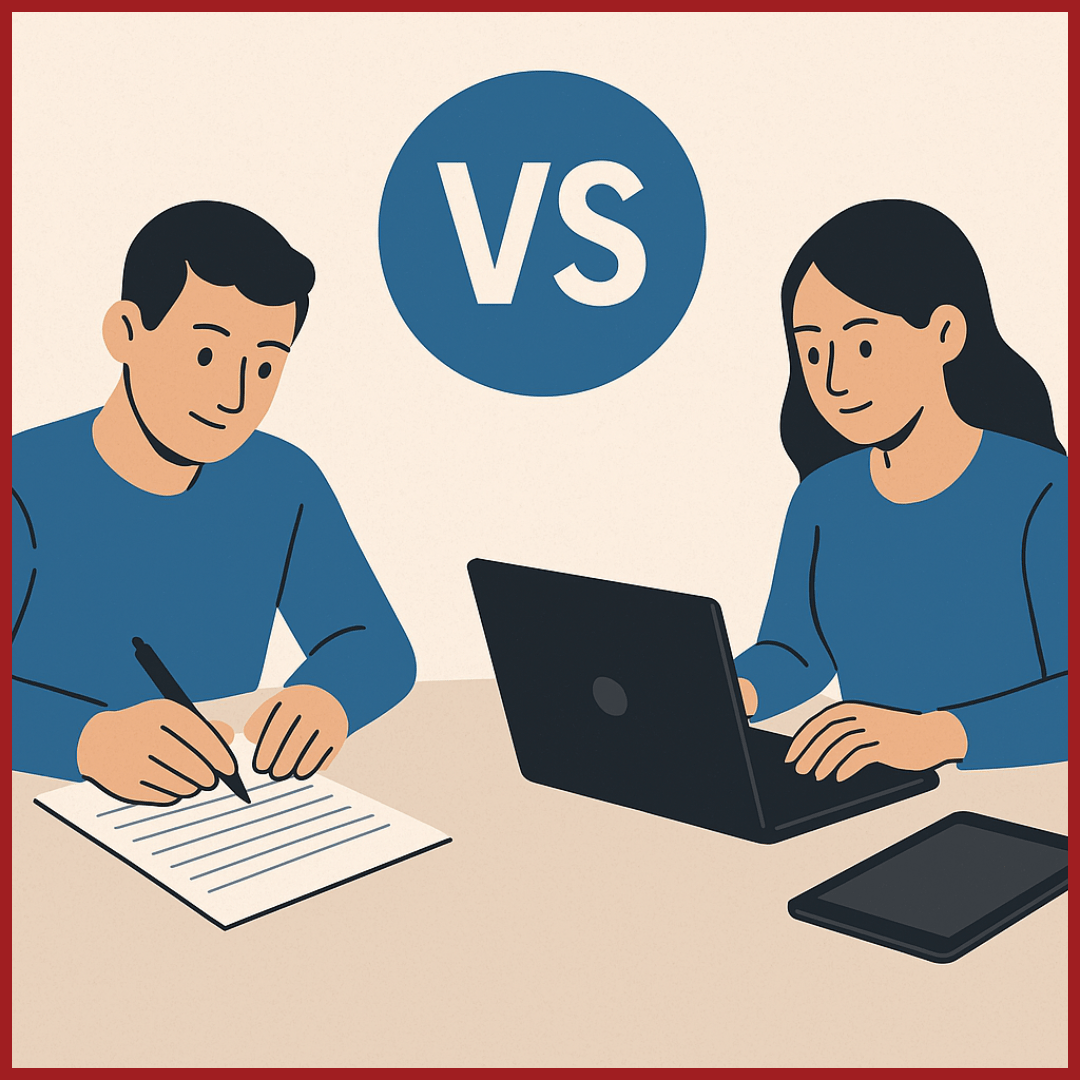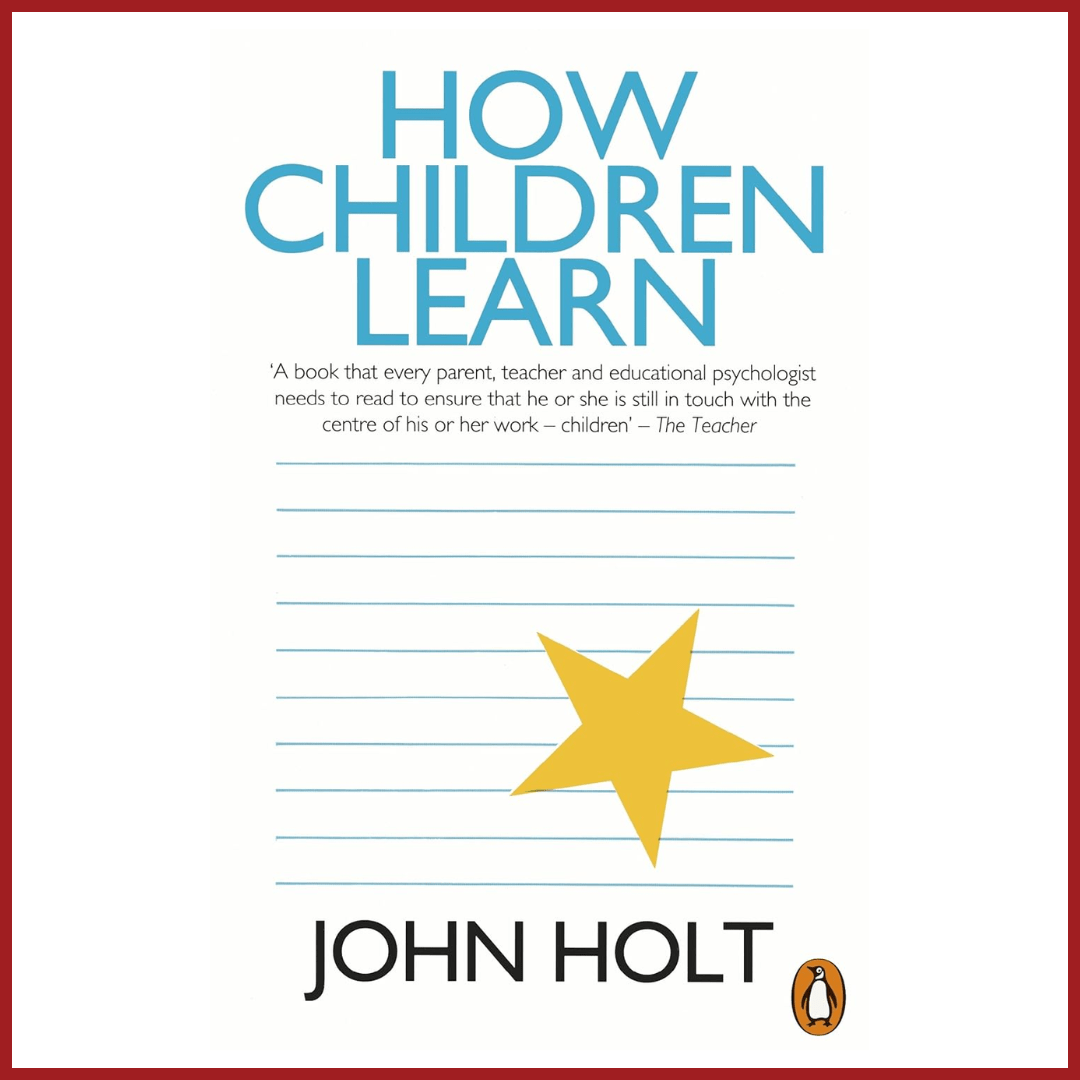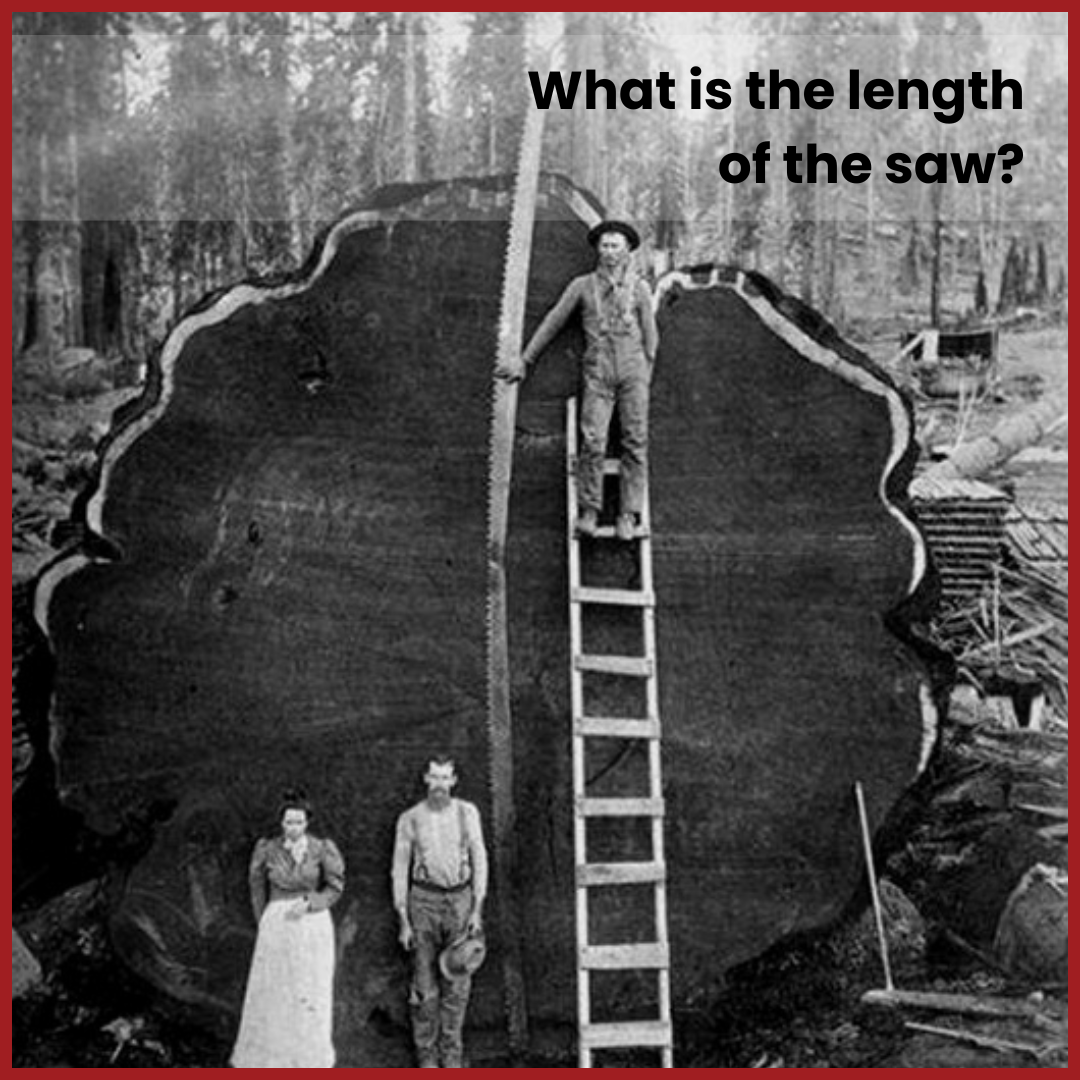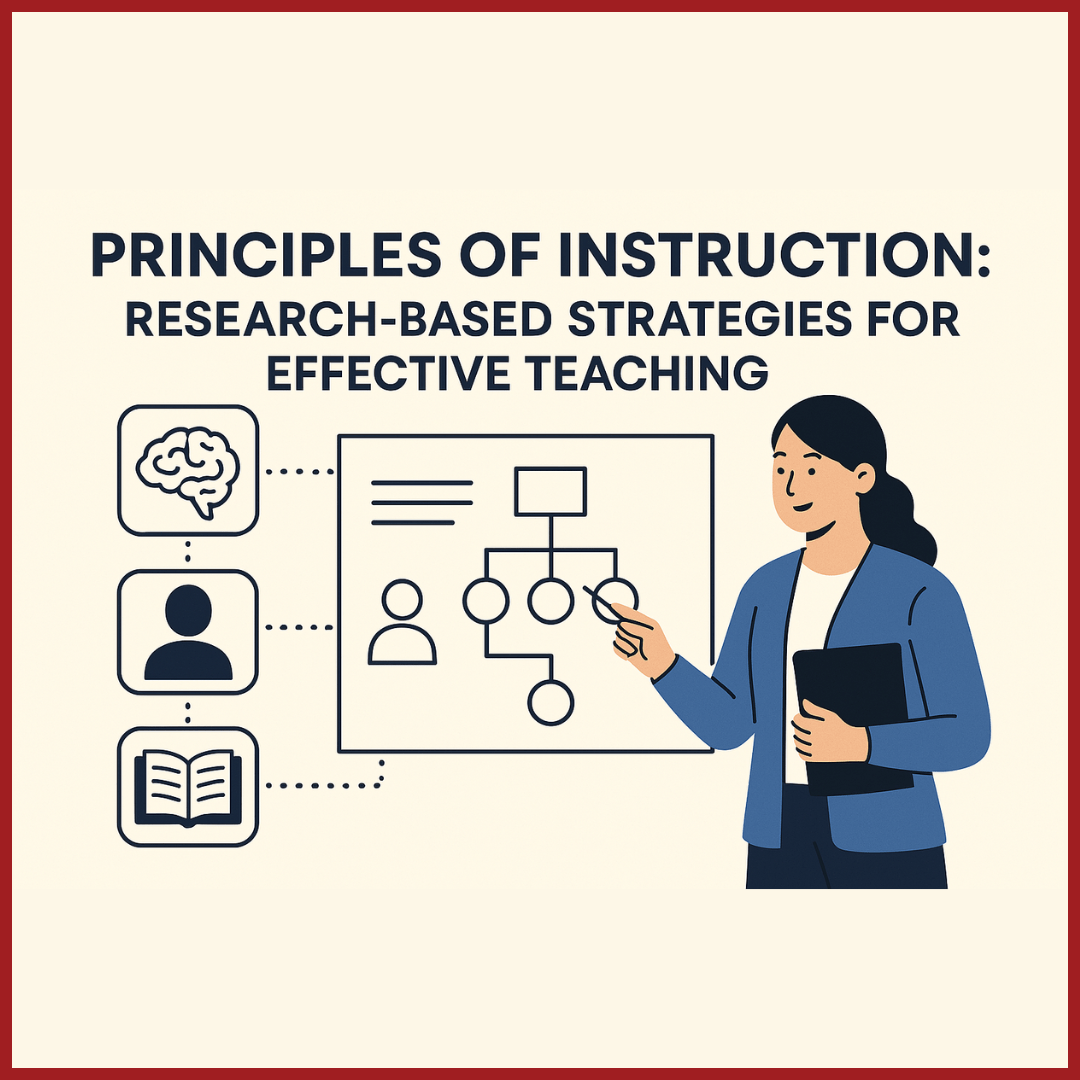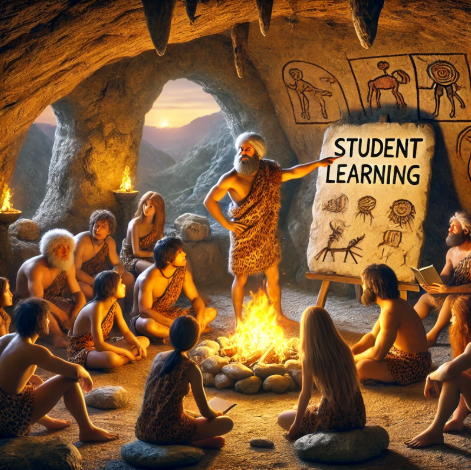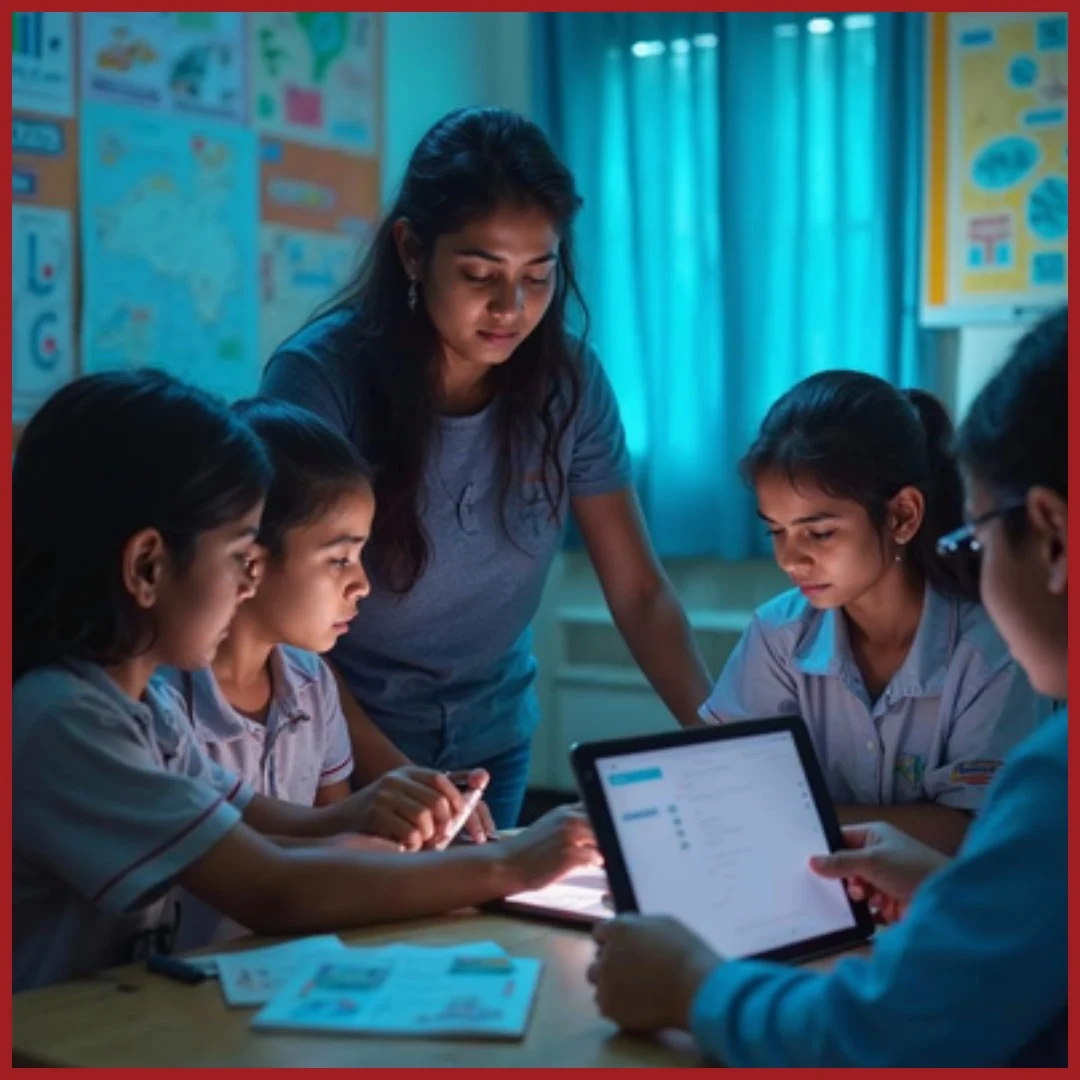Edition 07 | July 2025
Edu- Praxis
The articles in this section let you dive into fascinating educational
research and uncover its practical applications in the classroom.
Drawing Out Understanding
Table of Contents:
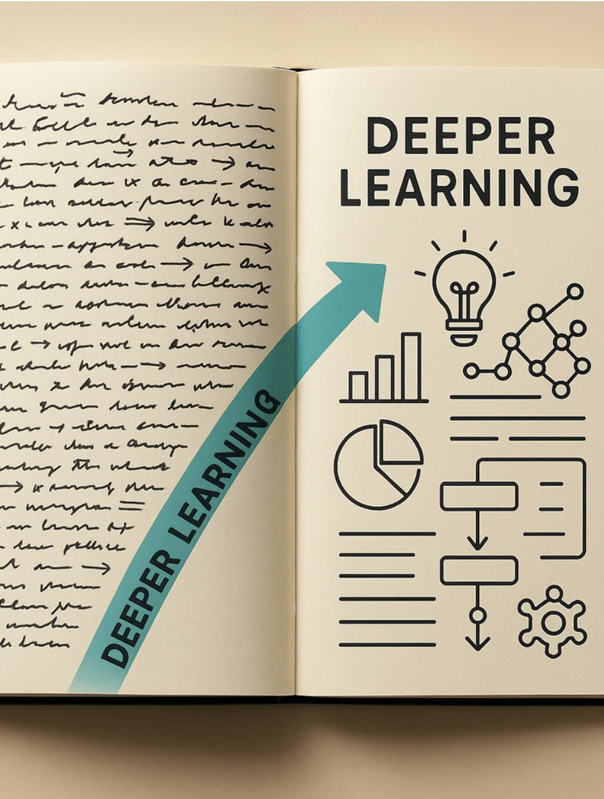
The Study
What do you think would lead to better learning: revising with just words, just pictures, words and
then pictures, or words and pictures together? Keen to find out, researchers investigated. Over two
experiments, they had students learn about how a bike pump worked using these different
techniques. Afterwards, the students took both problem-solving and verbal recall tests.
The Main Findings
Studying with words and pictures together was found to lead to better learning. Specifically, on a problem-solving test, these students:
- Correctly answered over twice as many questions as those who had revised with just words.
- Correctly answered over 30% more questions than those who had revised with just pictures.
- Correctly answered around 50% more questions than those who had revised by seeing words followed by pictures.
Related Research
This research lends support to a memory strategy known as Dual-Coding, which forms a part of
Cognitive Load Theory. The authors of the study explain that “this theory predicts that learners will
remember and transfer material better if they encode the material both visually and verbally
because they have two separate ways of finding the information in their memory”.
Therefore, when students study using both words and pictures, this builds both verbal and visual representations of the material, as well as strengthening the connection between the two. This process cements information into long-term memory.
Research into Dual-Coding has found that it enhances memory and learning for primary, secondary and university students. Furthermore, this effect has been found in both laboratory studies and in real-world settings (i.e. in schools) as well as in a range of subjects.
Therefore, when students study using both words and pictures, this builds both verbal and visual representations of the material, as well as strengthening the connection between the two. This process cements information into long-term memory.
Research into Dual-Coding has found that it enhances memory and learning for primary, secondary and university students. Furthermore, this effect has been found in both laboratory studies and in real-world settings (i.e. in schools) as well as in a range of subjects.
Classroom Implications
Many students use a range of techniques to help them remember large amounts of material. This
may include writing out their notes or producing mind-maps. This study, and indeed theory,
suggests that this may be an incomplete strategy. As the authors of the study state, “even when
instruction involves both words and pictures, our results show that presenting verbal and visual
explanations without connecting them is much less helpful than coordinating verbal narration
simultaneously with animation”. Clearly, doing both simultaneously is far more effective than
doing one after the other.
A good way to start using Dual-Coding is to consider what words you could write down to describe the visual graphic or what graphic would capture the core message from the text. Key to this is understanding what type of visuals may go best with the text for each subject or topic. The more congruent the text description and visual graphic are, the more likely it will lead to deeper learning.
A good way to start using Dual-Coding is to consider what words you could write down to describe the visual graphic or what graphic would capture the core message from the text. Key to this is understanding what type of visuals may go best with the text for each subject or topic. The more congruent the text description and visual graphic are, the more likely it will lead to deeper learning.
Enjoyed the read? Spread the word
Interested in being featured in our newsletter?
Write to us here.

